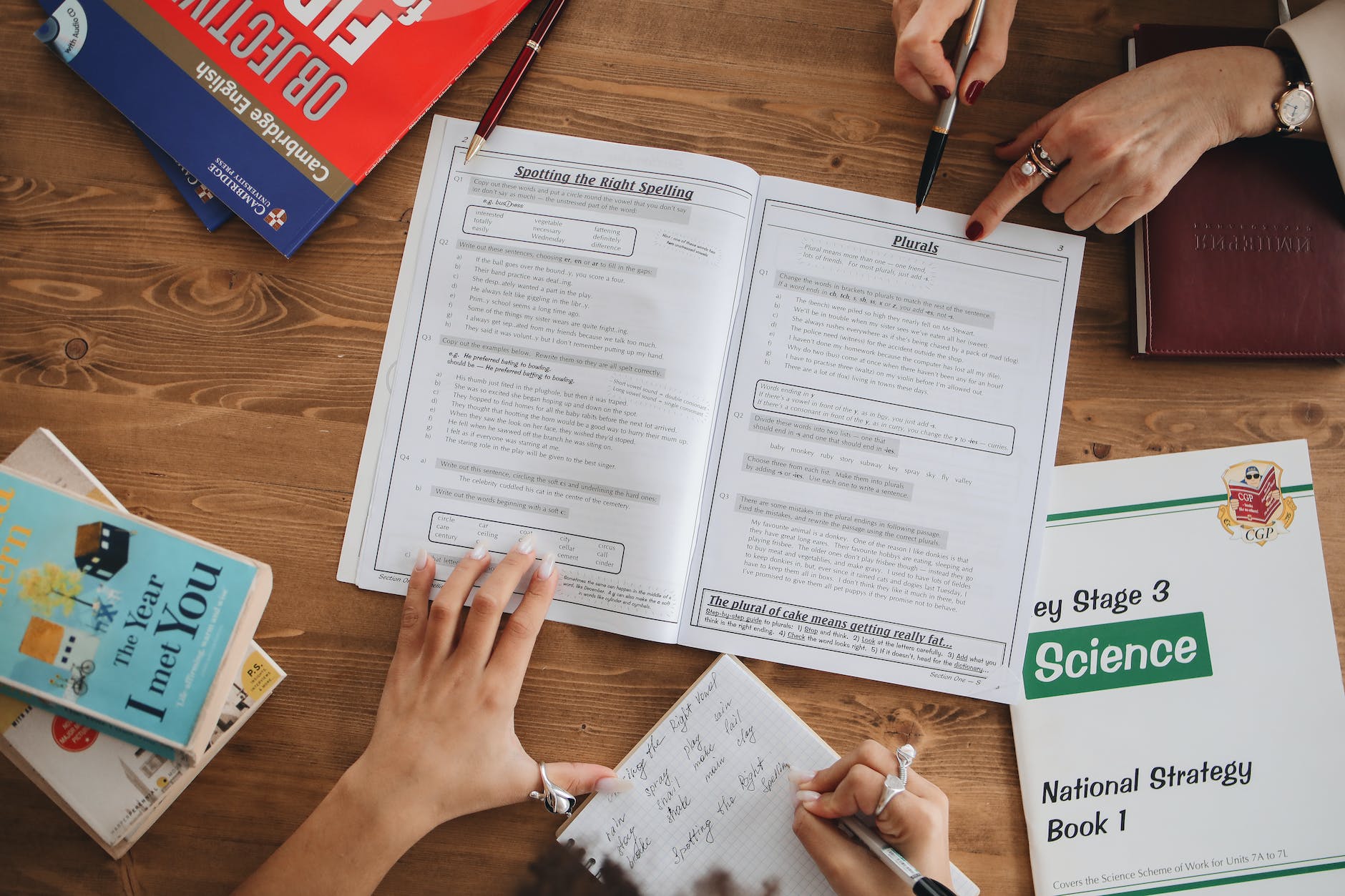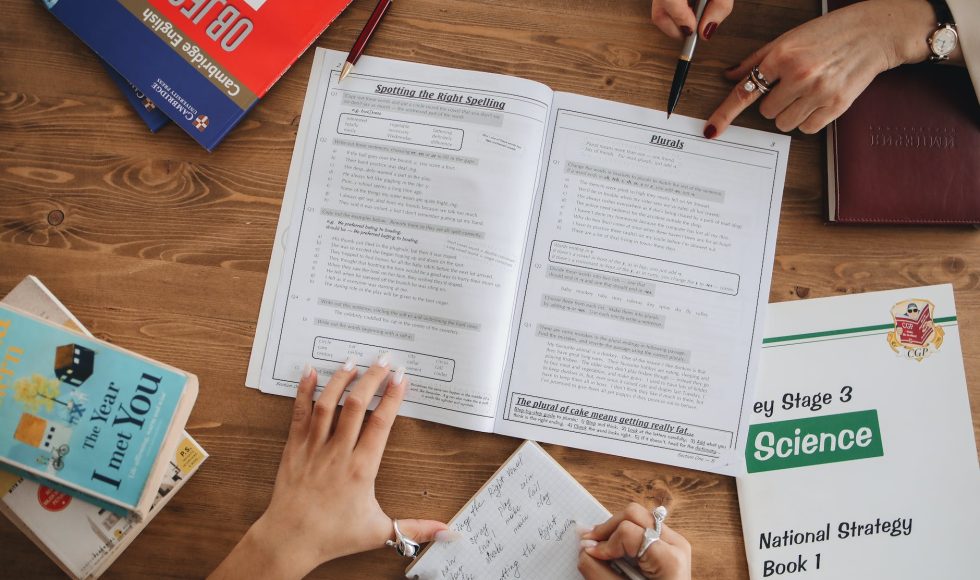Marta Samokishyn and Victoria Tsonos from Saint Paul University presented at the Alternative Assessment Institute 2022 on Incorporating Alternative Assessment Methods. Saint Paul University is in Ottawa, Ontario, Canada. The presenters started by explaining that Saint Paul is a small bilingual Catholic university that offers all programs in English and French. The university has ~1,300 students with 125 professors and three librarians. In 2018 they started a mandatory course for undergraduates. It was a weekly one hour course. The presenters wanted to learn whether their approach was successful in embedding information literacy in an online course. Samokishyn shared ungrading examples ranging from no grades, portfolios, contract grading, and self-assessment. Tsonos explained that they found in the literature that self-assessment can help students develop critical thinking skills and reflect, citing Seifert & Feliks 2018. They also found that “self-assessment methods can have an effect on student agency and self-efficacy,” citing Nieminena & Tuohilampib, 2020. Tsonos explained that their library labs were structured with four modules:
- Module 1: Searching as strategic exploration
- Module 2: Authority is constructed & contextual
- Module 3: Information has value
- Module 4: Scholarship as conversation
Samokishyn explained that they used an inquiry-based system. The class assessments included searching journals (20%), literature review matrix (20%?), enhanced outline (15%), literature review (40%), and participation (5%). They implemented an evidence journal adapted from the Human Restoration Project. Their self-assessment worksheet was shared on the screen and beautiful: they listed the learning objectives as a table and one column was for student reflection. They had a self-assessment with emojis that were colorful and fun. Then they had several open-ended questions and prompts (3-5). The presenters shared student self-assessment of their confidence for each of the modules of the course. I was curious how many students participated in the course each time it was offered. The common issues students mentioned were lack of confidence, desire for longer sessions and more practice… Tsonos mentioned that the majority of the students taking this course are in their first year of study. To measure the impact of this course, they used the transfer and transformation framework. They explained that “transfer refers to the application of acquired knowledge in different contexts” and transformation refers to “evolution of students’ views of themselves, based on the change of the information literacy practice.” Student comments shared by the presenters emphasized how they learned search strategies and used the matrix template that was used in the course. The presenters also asked students to describe how their information landscape changed. Tsonos concluded that lessons learned were that self assessment methods can identify areas where students feel they need more practice and identify if students will transfer skills. Another lesson learned was the versatility of evidence-based journal practices as part of embedding information literacy training in courses. I love how this course highlights students and drivers of their learning!



